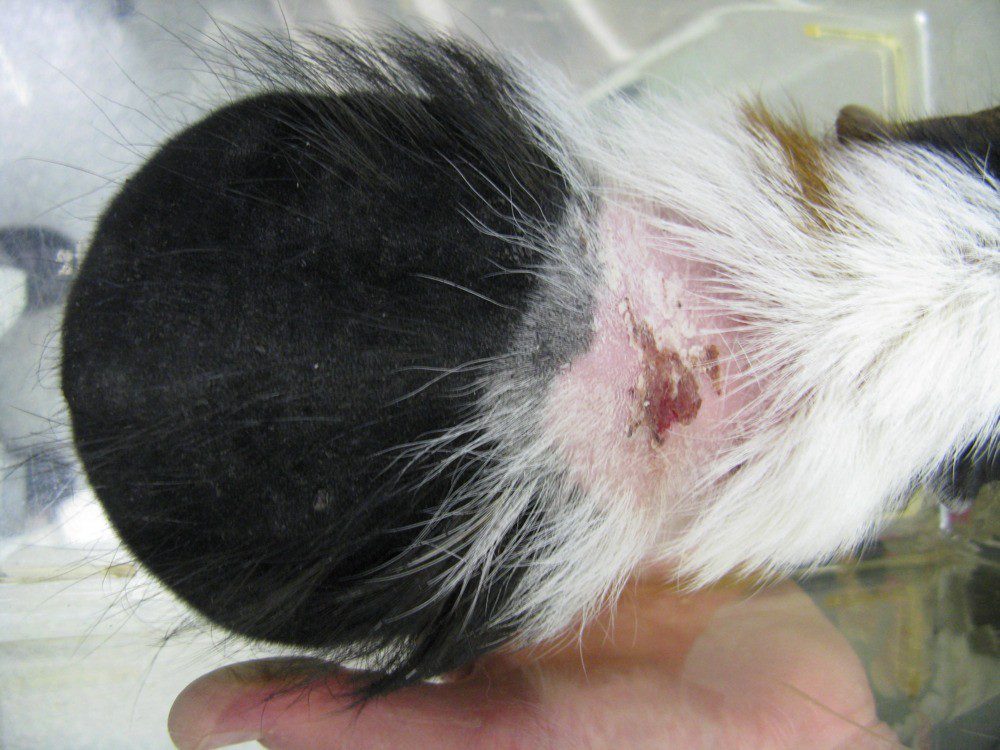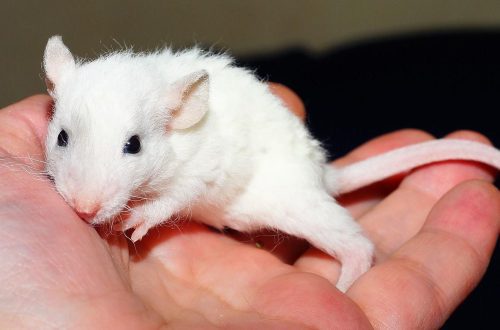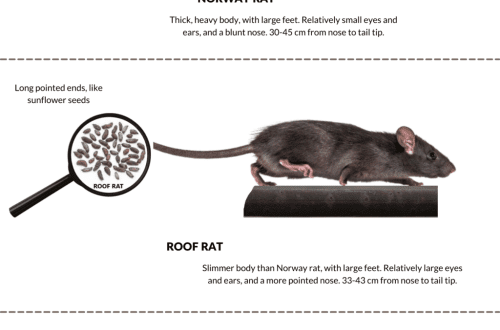
Tick in guinea pigs
Ticks, sometimes called scabies mites, are microscopic organisms that live under the skin and cause intense pain and itching. It is impossible to see ticks with the naked eye.
This is an unpleasant disease that is successfully treated with modern drugs, but in advanced cases, the mumps can even die.
Infection occurs through direct contact of sick animals with healthy ones or through contaminated objects. Ticks rarely leave their hosts unless they have been combed out of an infected animal and placed on the bedding of healthy gilts. Also, their distribution may be due to their very large number in the host’s body or due to his death. Without a host (carrier), ticks die within 3 weeks. However, eggs laid in skin pores can survive on their own for a very long time.
Ticks, sometimes called scabies mites, are microscopic organisms that live under the skin and cause intense pain and itching. It is impossible to see ticks with the naked eye.
This is an unpleasant disease that is successfully treated with modern drugs, but in advanced cases, the mumps can even die.
Infection occurs through direct contact of sick animals with healthy ones or through contaminated objects. Ticks rarely leave their hosts unless they have been combed out of an infected animal and placed on the bedding of healthy gilts. Also, their distribution may be due to their very large number in the host’s body or due to his death. Without a host (carrier), ticks die within 3 weeks. However, eggs laid in skin pores can survive on their own for a very long time.

Contents
Symptoms of subcutaneous mites in guinea pigs
The subcutaneous mite causes unbearable itching in guinea pigs, which can cause hair thinning and/or hair loss, skin flaking (may resemble dandruff), and eventually open wounds due to excessive scratching and gnawing, which increases hair loss.
The tick, making moves, causes severe itching; the mumps scratches itself until it bleeds, loses its appetite, and loses weight. Bald places, scabs appear, the skin thickens, gathers in folds.
Stroking the combed area with your hand can cause so much pain in the pig that you might think that he is very excited and active. Pigs suffering from this disease may become less friendly and refuse contact with the owner. Scratching the skin can confirm the presence of mites, although they are very difficult to detect.
Often, the veterinarian will only inject Ivermectin into the affected area, continuing treatment, unlike other fungal infections, even if there is no improvement. It should be noted that mumps can have several causes of the disease at once. Sometimes the veterinarian cannot diagnose the presence of ticks. One veterinarian was unable to detect ticks in the affected area. Mumps was treated for fungal infections, cultured, skin biopsied and all possible treatments were used. Twice the mumps suffered anesthesia. All this time, the sick mumps, which lost one third, and then half of its hair, experienced severe pain, and the affected areas greatly increased and progressed. Finally, the vet suggested a last resort, Ivermectin, in case it really was the mites. The improvement came immediately.
The subcutaneous mite causes unbearable itching in guinea pigs, which can cause hair thinning and/or hair loss, skin flaking (may resemble dandruff), and eventually open wounds due to excessive scratching and gnawing, which increases hair loss.
The tick, making moves, causes severe itching; the mumps scratches itself until it bleeds, loses its appetite, and loses weight. Bald places, scabs appear, the skin thickens, gathers in folds.
Stroking the combed area with your hand can cause so much pain in the pig that you might think that he is very excited and active. Pigs suffering from this disease may become less friendly and refuse contact with the owner. Scratching the skin can confirm the presence of mites, although they are very difficult to detect.
Often, the veterinarian will only inject Ivermectin into the affected area, continuing treatment, unlike other fungal infections, even if there is no improvement. It should be noted that mumps can have several causes of the disease at once. Sometimes the veterinarian cannot diagnose the presence of ticks. One veterinarian was unable to detect ticks in the affected area. Mumps was treated for fungal infections, cultured, skin biopsied and all possible treatments were used. Twice the mumps suffered anesthesia. All this time, the sick mumps, which lost one third, and then half of its hair, experienced severe pain, and the affected areas greatly increased and progressed. Finally, the vet suggested a last resort, Ivermectin, in case it really was the mites. The improvement came immediately.

Types of ticks in guinea pigs
There are three types of ticks:
- Ticks that parasitize in the upper layer of the skin, where they reproduce and lay their eggs (Notoedres cuniculi and Trixacarus caviae)
- Ticks living on the skin; piercing it they suck lymph and blood (Chirodiskoides cati)
- Ticks that feed on dandruff and crusts that form on the skin.
If Chirodiskoides cati cling to the base of the hair, then scabies mites and Notoedres cuniculi can only be found under the skin. Therefore, Chirodiskoides cati can be detected using an adhesive strip, which is first pressed and then removed from the body and examined under a microscope. To ascertain the presence of scabies or Notoedres cuniculi, it is necessary to make a scraping with a scalpel. The particles remaining on the blade are shaken off onto a glass slide and mixed with a few drops of a 10% solution of caustic potassium. The glass slide is placed in a damp environment (a small container in which wet strips of tulle or gauze are placed to achieve high air humidity) which acts on the skin particles for 24 hours. The mites can then be seen on a glass slide.
All these mites can also parasitize in humans, therefore, at the first signs of the disease, urgent measures must be taken.
If you suspect that your guinea pig has scabies mites, you should eradicate them completely, and the sooner the better, as they can remain in the body without showing signs for a while.
There are three types of ticks:
- Ticks that parasitize in the upper layer of the skin, where they reproduce and lay their eggs (Notoedres cuniculi and Trixacarus caviae)
- Ticks living on the skin; piercing it they suck lymph and blood (Chirodiskoides cati)
- Ticks that feed on dandruff and crusts that form on the skin.
If Chirodiskoides cati cling to the base of the hair, then scabies mites and Notoedres cuniculi can only be found under the skin. Therefore, Chirodiskoides cati can be detected using an adhesive strip, which is first pressed and then removed from the body and examined under a microscope. To ascertain the presence of scabies or Notoedres cuniculi, it is necessary to make a scraping with a scalpel. The particles remaining on the blade are shaken off onto a glass slide and mixed with a few drops of a 10% solution of caustic potassium. The glass slide is placed in a damp environment (a small container in which wet strips of tulle or gauze are placed to achieve high air humidity) which acts on the skin particles for 24 hours. The mites can then be seen on a glass slide.
All these mites can also parasitize in humans, therefore, at the first signs of the disease, urgent measures must be taken.
If you suspect that your guinea pig has scabies mites, you should eradicate them completely, and the sooner the better, as they can remain in the body without showing signs for a while.

Treatment of subcutaneous mites in guinea pigs
The first step is to isolate a sick or suspicious animal and thoroughly disinfect the room.
Tick infections are usually treated with Ivermectin, either by injection, orally, or by applying the drug to the surface of the skin (usually applied to the skin behind the ears because the coat is very thick). Two (or more) doses are given over 7-10 days. Ivermectin has no effect on pregnant females, but it is best not to use it on animals weighing less than 340 grams.
This drug must be administered in the correct dose to avoid adverse body reactions and possibly even death. The veterinarian should be familiar with the drug and know the safe dose for gilts. The veterinarian should also prescribe treatment for the exposed surface of the wound to avoid infection. Steroids may provide relief. Trim your pig’s nails as short as possible to minimize damage to the skin.
Ivermectin is administered according to the formula indicated in the dosage (ml per kg of body weight for each type of animal), so it is necessary to know the weight of your animal and the dosage in mg/kg for that animal.
Once the presence of mites has been diagnosed, all of your gilts will require treatment and their cages must be carefully processed. To avoid further spread of the disease, quarantine and immediate treatment of all suspected gilts is necessary.
Avoid using flea and insecticide powders, powders and shampoos – many of them contain pesticides that are dangerous for pigs.
Ivermectin is used to treat many animals and even humans for parasites. Some animals show intolerance to the drug, while it has been successfully used to treat parasites in guinea pigs, especially scabies mites, provided the required dosage is under strict supervision.
Death of the mumps can occur due to severe dehydration of the greatly enlarged wound surface, as well as due to refusal to eat, as the mumps experiences severe pain and discomfort. In a strong, healthy animal, mites can sleep for many months or even years, becoming a serious problem for pregnant pigs, or cause other illness or stress. The strongest development of the disease occurs in young or old animals that are under stress, poor conditions. The reaction of the body of healthy animals is not so strong, perhaps due to good grooming (grooming) or an overwhelming immune response.
In veterinary pharmacies and specialized departments of pet stores, you can buy medicines that will help you carry out preventive treatment. Among the large variety of different medicines, store employees will help you choose the right medicine for your pet and explain how to use it.
The first step is to isolate a sick or suspicious animal and thoroughly disinfect the room.
Tick infections are usually treated with Ivermectin, either by injection, orally, or by applying the drug to the surface of the skin (usually applied to the skin behind the ears because the coat is very thick). Two (or more) doses are given over 7-10 days. Ivermectin has no effect on pregnant females, but it is best not to use it on animals weighing less than 340 grams.
This drug must be administered in the correct dose to avoid adverse body reactions and possibly even death. The veterinarian should be familiar with the drug and know the safe dose for gilts. The veterinarian should also prescribe treatment for the exposed surface of the wound to avoid infection. Steroids may provide relief. Trim your pig’s nails as short as possible to minimize damage to the skin.
Ivermectin is administered according to the formula indicated in the dosage (ml per kg of body weight for each type of animal), so it is necessary to know the weight of your animal and the dosage in mg/kg for that animal.
Once the presence of mites has been diagnosed, all of your gilts will require treatment and their cages must be carefully processed. To avoid further spread of the disease, quarantine and immediate treatment of all suspected gilts is necessary.
Avoid using flea and insecticide powders, powders and shampoos – many of them contain pesticides that are dangerous for pigs.
Ivermectin is used to treat many animals and even humans for parasites. Some animals show intolerance to the drug, while it has been successfully used to treat parasites in guinea pigs, especially scabies mites, provided the required dosage is under strict supervision.
Death of the mumps can occur due to severe dehydration of the greatly enlarged wound surface, as well as due to refusal to eat, as the mumps experiences severe pain and discomfort. In a strong, healthy animal, mites can sleep for many months or even years, becoming a serious problem for pregnant pigs, or cause other illness or stress. The strongest development of the disease occurs in young or old animals that are under stress, poor conditions. The reaction of the body of healthy animals is not so strong, perhaps due to good grooming (grooming) or an overwhelming immune response.
In veterinary pharmacies and specialized departments of pet stores, you can buy medicines that will help you carry out preventive treatment. Among the large variety of different medicines, store employees will help you choose the right medicine for your pet and explain how to use it.





